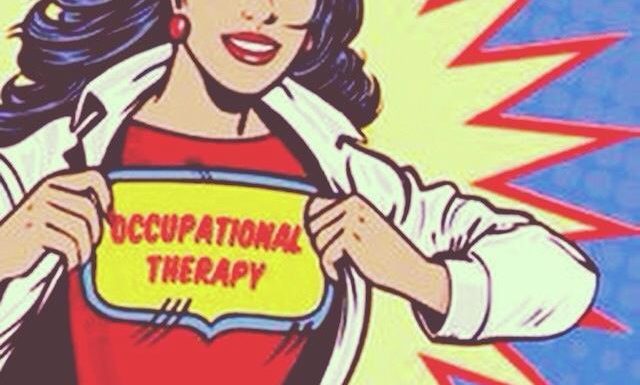I am not shy about loving my profession. I think occupational therapy is one of the most creative, compassionate, client-centered and “bang for your buck” health professions as we are trained to help people with a variety of disabilities (physical, cognitive, emotional and behavioral) to function as effectively and independently as possible. While none of us will claim our profession is “rocket science”, I hope all of us have move passed thinking our knowledge is “common sense”. As a profession, I feel that we continue to be behind our peers in shouting our skills from the rooftops, and while we have been around for a really long time, I still get asked “oh, so you are a physio”?
I was thrilled to read a recent article in Healthcare Quarterly (Vol. 16 No. 1) on the value of OT. This article indicates that “occupational therapy interventions are cost-effective in treating or preventing injury and improving outcomes”, and clearly states that “occupational therapists are underused and not working to their full scope of practice” (page 69). The article further outlines that there are “clear, cost-effective opportunities for occupational therapists to use their expertise and full scope of practice in the areas of: case management, chronic disease management, injury prevention, caregiver education, intervening at the point of hospitalization or to reduce hospital stays, community or caregiver support to reduce re-hospitalization, rehabilitation and palliative care” (page 71). In the end, the article concludes that “there is a strong foundation of evidence indicating positive health outcomes in occupational therapy intervention, with good value from an economic perspective” (page 72).
Perhaps, with research and articles such as these, the systems that fund healthcare (public and private alike) can more fully understand why occupational therapists are a necessary part of the rehabilitation continuum and are a cost benefit, not just a cost. However, in the world of auto insurance, one of our current struggles is getting other members of our own profession to understand this, and to support occupational therapy treatment when an insurer disputes the need. I hope this article will help other OT’s to feel that evidence does exist to support our worth, and they will join the crusade to advocate for, and support, our profession as a valuable, contributing and essential service in the public and private sectors. Go OT!

